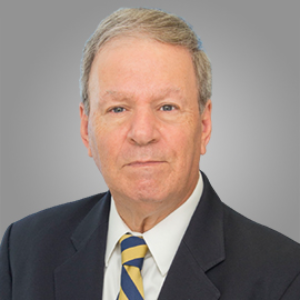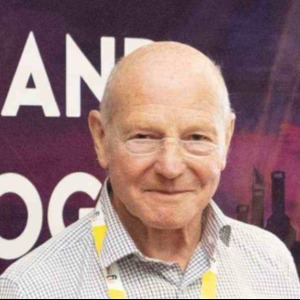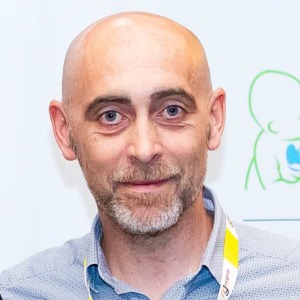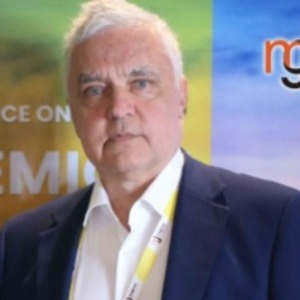Paediatric sleep apnoea, a condition characterized by recurrent interruptions in breathing during sleep, poses a complex and multifaceted challenge in the realm of Paediatric medicine. This disorder, often overlooked or misdiagnosed, manifests as a result of partial or complete obstruction of the upper airway, leading to disrupted sleep patterns and compromised oxygen intake in affected children. The prevalence of Paediatric sleep apnea has garnered increasing attention in recent years, with its potential long-term consequences on a child's cognitive development, behavior, and overall quality of life. The underlying causes vary widely, ranging from adenotonsillar hypertrophy and craniofacial abnormalities to obesity and neuromuscular disorders. The intricate interplay between genetic predispositions and environmental factors further complicates the understanding and management of this condition. As caregivers and healthcare professionals strive to navigate the nuanced landscape of Paediatric sleep apnea, diagnostic modalities such as polysomnography and home sleep studies play a pivotal role in identifying the severity and specific characteristics of the disorder. Treatment approaches encompass a spectrum from conservative measures, such as weight management and positional therapy, to more invasive interventions like adenotonsillectomy or continuous positive airway pressure (CPAP) therapy. The importance of timely diagnosis and intervention cannot be overstated, given the potential repercussions on a child's cardiovascular health, neurocognitive function, and emotional well-being. Collaborative efforts between Paediatricians, sleep specialists, and allied healthcare professionals are imperative to holistically address the challenges posed by Paediatric sleep apnea and optimize outcomes for affected children, ensuring that they can embark on a trajectory of healthy development and restorative sleep.







